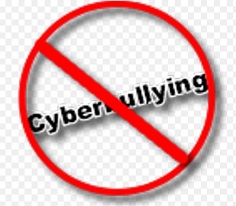The Computer Fraud and Abuse Act (CFAA) was enacted by Congress in 1986 as an amendment to existing computer fraud law (18 U.S.C. § 1030), which had been included in the Comprehensive Crime Control Act of 1984.
Specific sections[edit]
18 U.S.C. § 1030(a)(1): Computer Espionage. This section takes much of its language from the Espionage Act of 1917, with the notable addition being that it also covers information related to “Foreign Relations”, not simply “National Defense” like the Espionage Act.
18 U.S.C. § 1030(a)(2): Computer trespassing, and taking government, financial, or commerce info
18 U.S.C. § 1030(a)(3): Computer trespassing in a government computer
18 U.S.C. § 1030(a)(4): Committing fraud with computer
18 U.S.C. § 1030(a)(5): Damaging a protected computer (including viruses, worms)
18 U.S.C. § 1030(a)(6): Trafficking in passwords of a government or commerce computer
18 U.S.C. § 1030(a)(7): Threatening to damage a protected computer
18 U.S.C. § 1030(b): Conspiracy to violate (a)
18 U.S.C. § 1030(c): Penalties
Notable cases and decisions referring to the Act[edit]
The Computer Fraud and Abuse Act is both a criminal law and a statute that creates a private right of action, allowing private individuals and companies to sue to recover damages caused by violations of this law. There have been a number of notable court cases interpreting the CFAA in both criminal and civil cases.

Computer Fraud and Abuse
Cyberbullying Triples According to New McAfee “2014 Teens and the Screen Study”
The annual study examines the online behavior and social networking habits of U.S. preteens and teens. The most significant finding from this year’s study reveals that 87% of youth have witnessed cyberbullying versus last year […]
